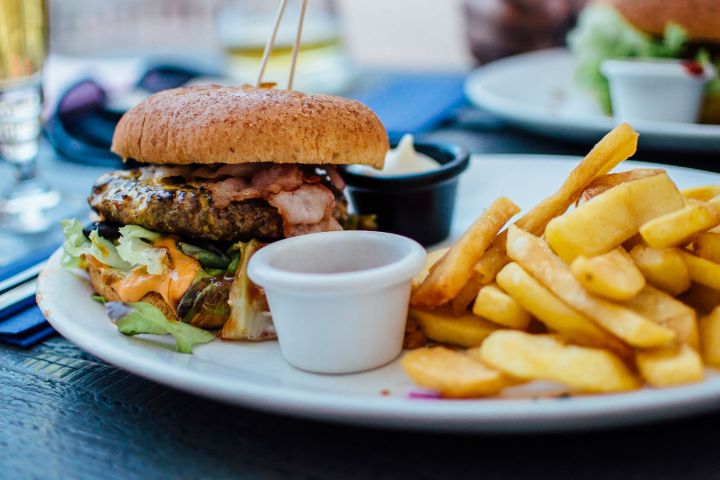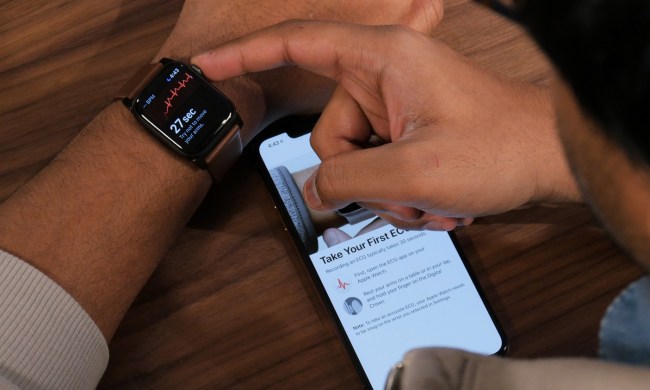
Diets can be hard to maintain, and technology has quickly been trying to catch up by producing wearables, fitness apps, food sensors, and other ways to keep our weight in check. In what seems like science fiction, though, virtual reality may very well be the next option.
The more we’ve used VR, the more we have come to realize that our brains are incredibly easy to fool. Even when the virtual world is rendered with cartoon-like graphics, the brain mistakes this world for reality and responds accordingly. This is why people keep trying to lean on the counter in a game like Job Simulator. Still, our brains are smart enough to know that eating a virtual cheeseburger isn’t the same as eating a real one.
This is where even newer technology comes in. Researchers have found that by applying electrical currents or adjusting the temperature on someone’s tongue, different tastes and food textures can be simulated. According to New Scientist, the strength of the electric impulse is what controls the texture or hardness of this digital food. And by changing the impulse’s duration, the sensation of chewing can be formed. For taste, a sweet sensation can be given by rapidly heating or cooling probes on the tip of the tongue. In a similar fashion, participants reported spicy flavors when the probes were hot and minty flavors when they were cold. All these sensations combined trick the brain into thinking it is actually biting into real food.
Still, we are a long way off from finding this technique used by Weight Watchers, and the biggest hurdle will be convincing someone to choose virtual food over the real thing. The research is intriguing, though, and it may well be taking us closer to the time when a virtual world produces a real solution.


